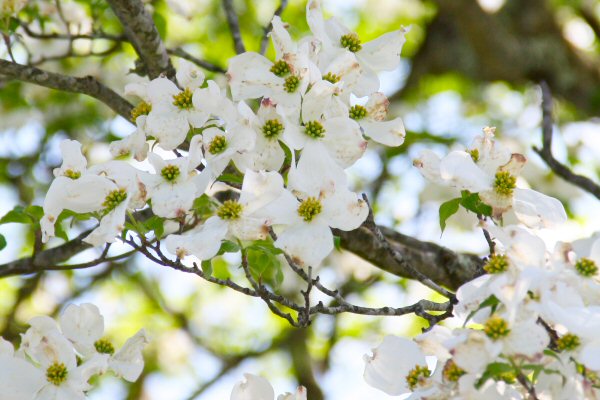Native Wild Dogwoods Threatened
Several years ago, flowering wild dogwood trees were found in abundance in the mountains and valleys of East Tennessee. Over the course of the last two decades, however, their numbers have drastically decreased, leaving Jefferson County residents searching the local wooded areas in vain, hoping to spot one of Tennessee’s favorite flowering trees. The rapidly spreading dogwood anthracnose disease is caused by a fungus that can kill a mature dogwood tree in as little as two years. Regularly trimming an infected tree can lengthen its life. Some experts are hoping that the dogwood is on the verge of making a comeback. Whether it is a weakening of the virus, more resistance in those trees that are left in the wild or that Mother Nature is cooperating with a more palatable climate, the dogwood appears to be responding positively. There is conflict in the academic community in regard to the long range projection for the wild dogwood and the University of Tennessee has been busy answering the call to keep the flowering beauty alive and well in Tennessee. The University has developed the Appalachian Spring variety of the dogwood that is highly resistant to anthracnose disease and they are at the forefront of dogwood research. While true wild dogwood sightings may be few, there are several planting programs to introduce the new, disease resistant dogwood into the mountains, hills and valleys of Tennessee, ensuring that the flowering dogwood will continue to grace our region.












